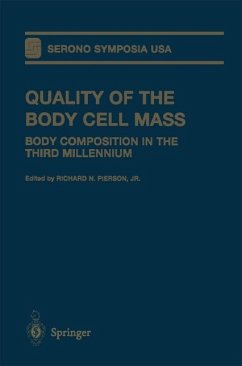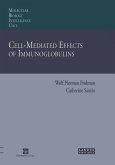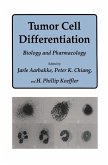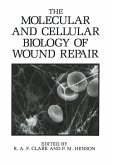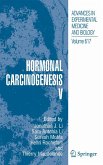Quality of the Body Cell Mass presents proceedings of the International Symposium on Quality of the Body Cell Mass held in Fort Lauderdale , Florida. The text describes the states of the art of making measurements of body composition, including the methods and their interactions, and provides examples of applications that describe individual studies in the clinical areas of AIDS, obesity, osteoporosis, aging, wasting, and chronic disease. More than 50 illustrations complement the text.
Dieser Download kann aus rechtlichen Gründen nur mit Rechnungsadresse in A, B, BG, CY, CZ, D, DK, EW, E, FIN, F, GR, HR, H, IRL, I, LT, L, LR, M, NL, PL, P, R, S, SLO, SK ausgeliefert werden.

